Energy consultants Equilibrion and the Nuclear Industry Association (NIA) just issued a report titled Synthetic Fuels: The Opportunity for Economy Scale Production of Synthetic Fuels from Nuclear Energy that said that large-scale production of nuclear derived net-zero synthetic fuels could help hard-to-decarbonize sectors such as aviation and shipping. The transport sector is responsible for twenty seven percent of global greenhouse emissions.
Synthetic fuels are not derived from fossil fuels. They
rely on carbon dioxide obtained from the environment and low carbon hydrogen feedstock to synthesize hydrogen-based fuels that perform like fossil fuels but with no net release of carbon dioxide to the atmosphere”, according to the report. Synthetic fuel production can use CO2 from different sources including industrial emissions, direct air capture or seawater capture.
The report adds, “The drawback is that synthetic fuel production routes are perceived as energy intensive and restricted in availability due to assessments which solely consider the use of renewable energy. This is where nuclear can deliver the solution needed … and unlock the path to far greater supply of synthetic fuels to the sectors which need it most, reducing emissions beyond what can be achieved with bio-fuel alternatives and even becoming carbon negative in the future.”
The report goes on to say that heat and electricity generated by nuclear power plants can be used for all stages of the process. Seawater can be desalinated to produce pure water for hydrogen production. The report urges the U.K. government to recognize the potential role of nuclear power in its upcoming Sustainable Aviation Fuel Mandate. It also recommends that U.K. government and non-government net-zero modeling should include nuclear-derived synthetic fuels and that the government should “consider amendments to the Renewable Transport Fuels Obligation to enable nuclear to be exploited for the production of fuels in the wider low carbon fuels market.”
Some of these measures are set to be moved forward by the U.K. government’s Energy Security Bill which is currently being considered by the House of Lords. It suggests including nuclear-derived fuels under renewable transport fuel schemes such as the production of sustainable aviation fuel and hydrogen.
The new report predicts a global synthetic fuels market of fifteen billion dollars by 2030 and six hundred billion dollars by 2050.
Tom Greatrex is the chief executive of NIA which is the trade association for the civil sector in the U.K. He said, “Nuclear energy can play a crucial role in providing the primary energy to support the decarbonization of sectors which are currently almost entirely reliant on fossil fuels. The UK must take this golden opportunity to be a global leader and we stand ready to provide the energy that the market needs.”
Phil Rogers is director of Equilibrion, which says its purpose “is to work with businesses to fulfil the potential of nuclear energy to decarbonize our heat, transport and industrial sectors.” He said, “The transport sector is responsible for close to a third of UK emissions, so the ability to directly replace fossil fuels with zero carbon equivalents, particularly for aviation, shipping and heavy transport, could have a game-changing impact on our journey to net-zero.”
Blog
-
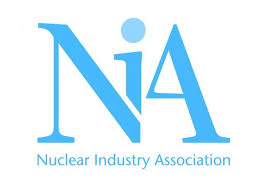
Nuclear Reactors 1191 – New Report Promotes The Use Of Nuclear Power To Produce Synthetic Fuels
-
Nuclear News Roundup Mar 13, 2023
Analysis Group Study Estimates Economic and Environmental Benefits of Seabrook Nuclear Power Plant prnewswire.com
France Nuclear Watchdog Questions Timing of Some EDF Reactors Checks money.usnews.com
Romania adopts support agreement law for Cernavoda 3 and 4 world-nuclear-news.org
Nuclear Reactors From Rolls-Royce To Power Australian Submarines navalnews.com
-
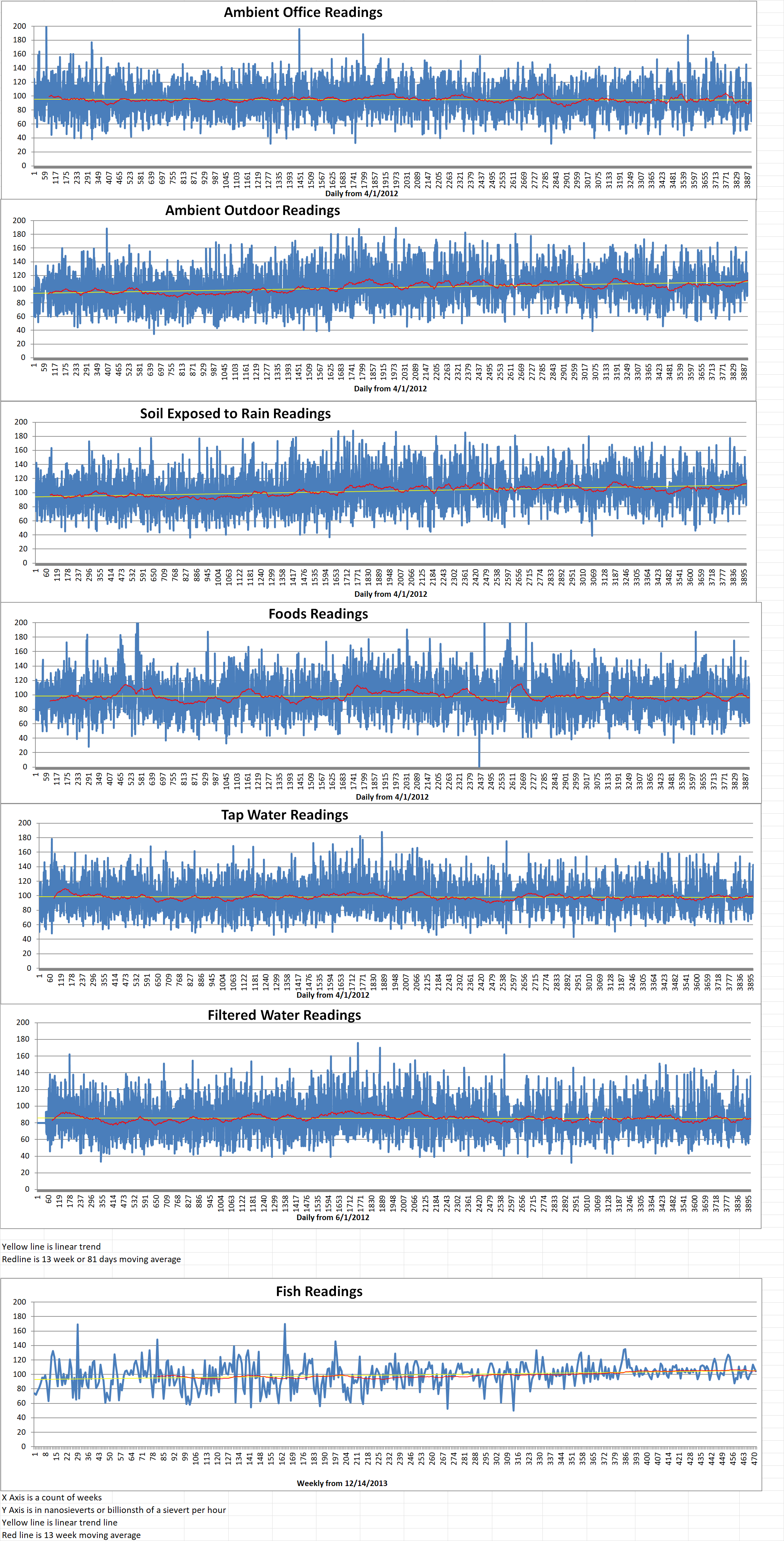
Geiger Readings for Mar 13 2023
Ambient office = 64 nanosieverts per hour
Ambient outside = 115 nanosieverts per hour
Soil exposed to rain water = 117 nanosieverts per hour
Avocado from Central Market = 96 nanosieverts per hour
Tap water = 143 nanosieverts per hour
Filter water = 136 nanosieverts per hour
-
Nuclear News Roundup Mar 12, 2023
US Pursues Diplomacy With Iran But Not On Restoring Nuclear Deal iranintl.com
Russian air strikes cut power at Zaporizhzhia nuclear plant bbc.com
US NRC accepts Monticello subsequent license renewal application world-nuclear-news.org
South Korea’s APR1000 certified for European use by EUR world-nuclear-news.org
-
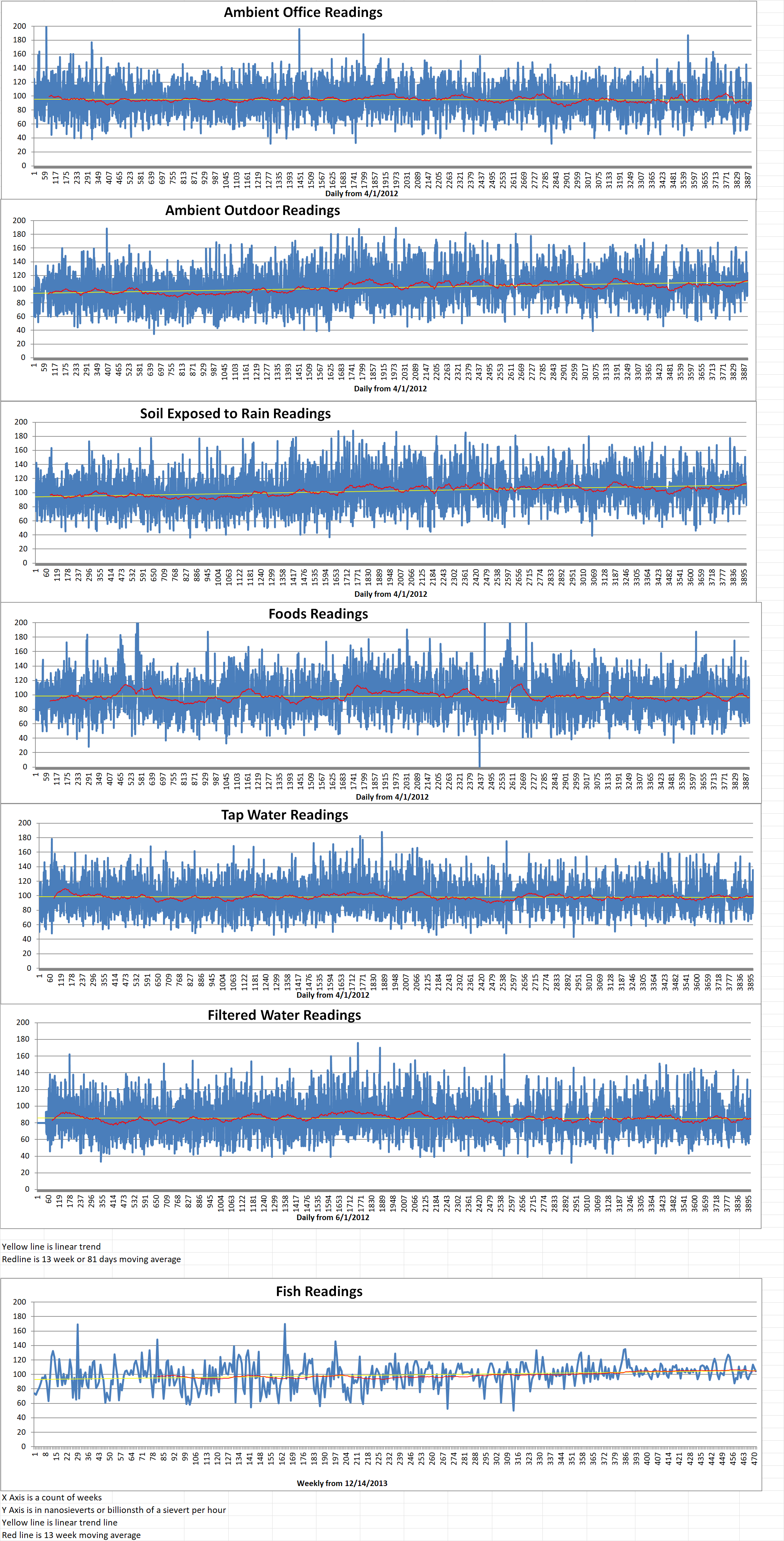
Geiger Readings for Mar 12, 2023
Ambient office = 86 nanosieverts per hour
Ambient outside = 91 nanosieverts per hour
Soil exposed to rain water = 82 nanosieverts per hour
Tomato from Central Market = 61 nanosieverts per hour
Tap water = 98 nanosieverts per hour
Filter water = 85 nanosieverts per hour
-
Nuclear News Roundup Mar 11, 2023
New US nuclear chief takes fresh stance on sea-launched cruise missile defensenews.com
Duluth City Council divided on stand against nuclear weapons duluthnewstribune.com
Penny Wong hits back at China’s claim Aukus nuclear submarines will fuel an arms race theguardian.com
Russia’s ongoing assault on nuclear safety and security endangers the world thehill.com
-
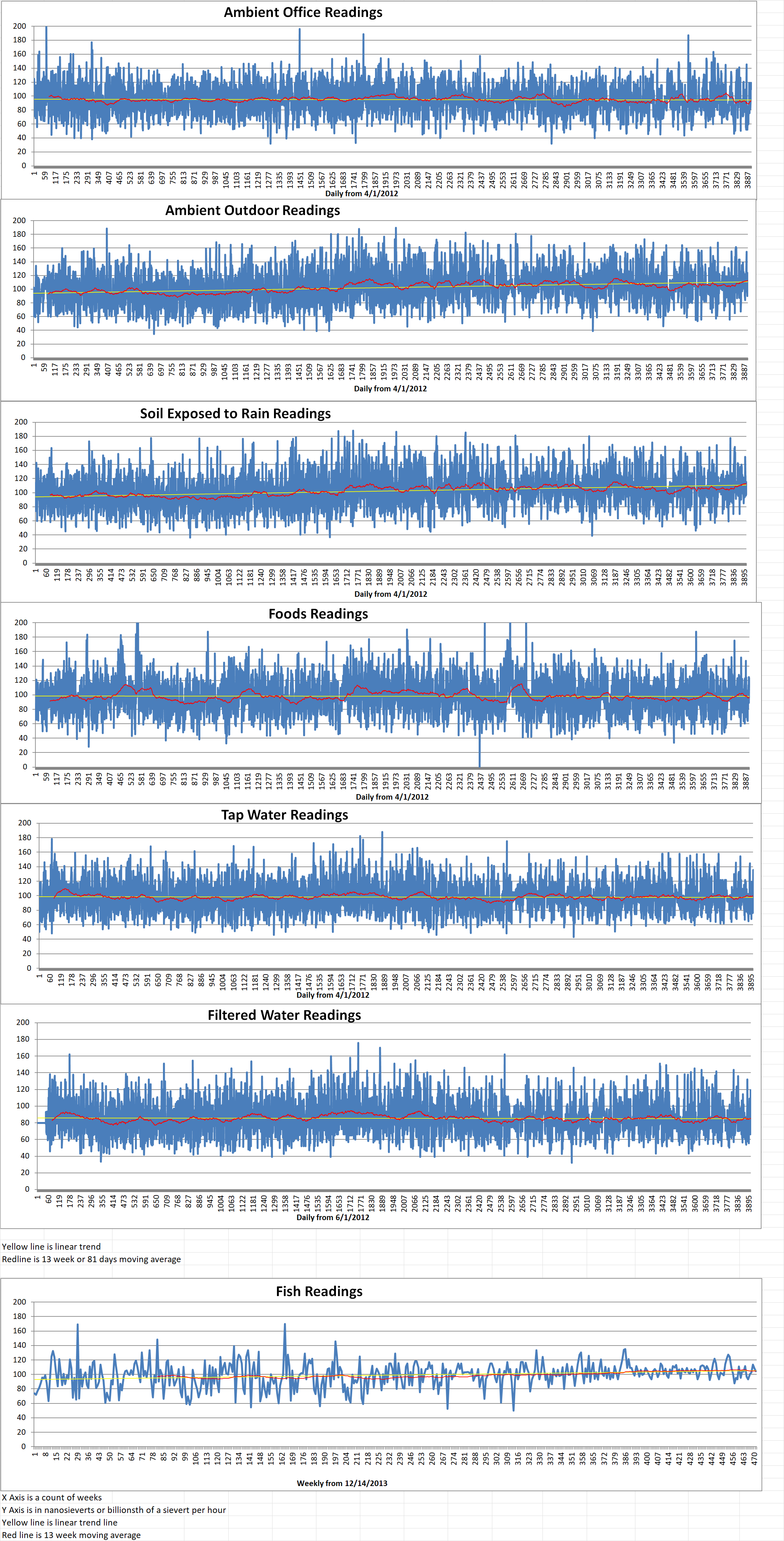
Geiger Readings for Mar 11, 2023
Ambient office = 110 nanosieverts per hour
Ambient outside = 101 nanosieverts per hour
Soil exposed to rain water = 98 nanosieverts per hour
Red bell pepper from Central Market = 114 nanosieverts per hour
Tap water = 135 nanosieverts per hour
Filter water = 119 nanosieverts per hour
Dover Sole from Central = 105 nanosieverts per hour
-

Nuclear Reactors 1139 – Phases of AUKUS Project Announced – Part 2 of Part 2
Part 2 of 2 Parts (Please read Part 1 first)
With respect to AUKUS, Prime Minister Anthony Albanese of Australia said, “Engineers, scientists, technicians, submariners, administrators and tradespeople. Good jobs with good wages, working to ensure the stability and prosperity of our nations, our region, and indeed our world. For Australia, this whole-of-nation effort also presents a whole-of-nation opportunity. … Already, today, Australians are upskilling on nuclear technology and stewardship alongside their British and American counterparts.”
Australia is a non-nuclear-weapon state and is party to the Non-Proliferation of Nuclear Weapons (NPT) and has a Comprehensive Safeguards Agreement (CSA) with the International Atomic Energy Agency (IAEA). This gives the Vienna-based agency the right and obligation to apply safeguards to all nuclear material in all peaceful nuclear activities inside Australia. In its jurisdiction or carried out under its control anywhere, it has the mission to verify that nuclear materials are not diverted to nuclear weapons or other nuclear explosive devices. The U.K. and the U.S. are nuclear-weapons states party to the NPT. They have voluntary safeguards agreements with the IAEA. Under these agreements, they must report international transfers of nuclear materials to non-nuclear states.
The AUKUS partners have reiterated that as a non-nuclear-weapons state, Australia does not and will not seek to acquire nuclear weapons. It will not enrich uranium or reprocess used fuel as part of the program, It will not produce its own fuel for its submarine fleet. The U.K. and U.S. intend to provide Australia with nuclear fuel in sealed power units that will not need to be refueled during their lifetime. Also, the nuclear fuel could not be used in nuclear weapons without further chemical processing. This would require facilities that Australia does not possess.
Rafael Mariano Grossi is the IAEA Director General. He said that Penny Wong, Australia’s Foreign Minister, has formally requested that the agency begin negotiations on the arrangements required under it CSA. Australia also has to provide the IAEA with preliminary design information related to the project.
Grossi said, “The legal obligations of the Parties and the non-proliferation aspects are paramount. The agency will continue to have its verification and non-proliferation mandate as its core guiding principles. It will exercise it in an impartial, objective and technical manner.”
Grossi went on to say that the AUKUS parties had reaffirmed their commitment to the global nuclear non-proliferation regime and to fulfilling the non-proliferation and safeguards obligations under their respective agreements with the IAEA. He added, “I also note Australia’s previous declaration to the agency that it does not intend to pursue uranium enrichment or reprocessing in relation to AUKUS and that it has no plans to undertake nuclear fuel fabrication as part of this effort.”
The IAEA will carry out its AUKUS-related work independently, impartially, and professionally in a transparent process. Grossi said, “Ultimately, the agency must ensure that no proliferation risks will emanate from this project. I will also submit a report on this matter to the next regular session of the Board of Governors, to take place in Vienna in June 2023.”
According to the AUKUS participants, the security partnership “will promote a free and open Indo-Pacific that is secure and stable.” China’s Foreign Ministry Spokesperson Wang Wenbin said that the three countries “have totally disregarded the concerns of the international community and gone further down the wrong and dangerous path.” Until a consensus is reached by all the IAEA member states, the U.S., the U.K. and Australia “should not proceed with relevant cooperation, and the IAEA Secretariat should not have consultation with the three countries on the so-called safeguards arrangements for their nuclear submarine cooperation.” -
Nuclear News Roundup Mar 10, 2023
75 percent in favor of nuclear power station in Estonia news.err.ee
China Urges Japan to Consider Nuclear Wastewater Concerns telesurenglish.net
Westinghouse ADOPT fuel gets NRC approval world-nuclear-news.org
Taiwanese reactor enters retirement world-nuclear-news.org
-
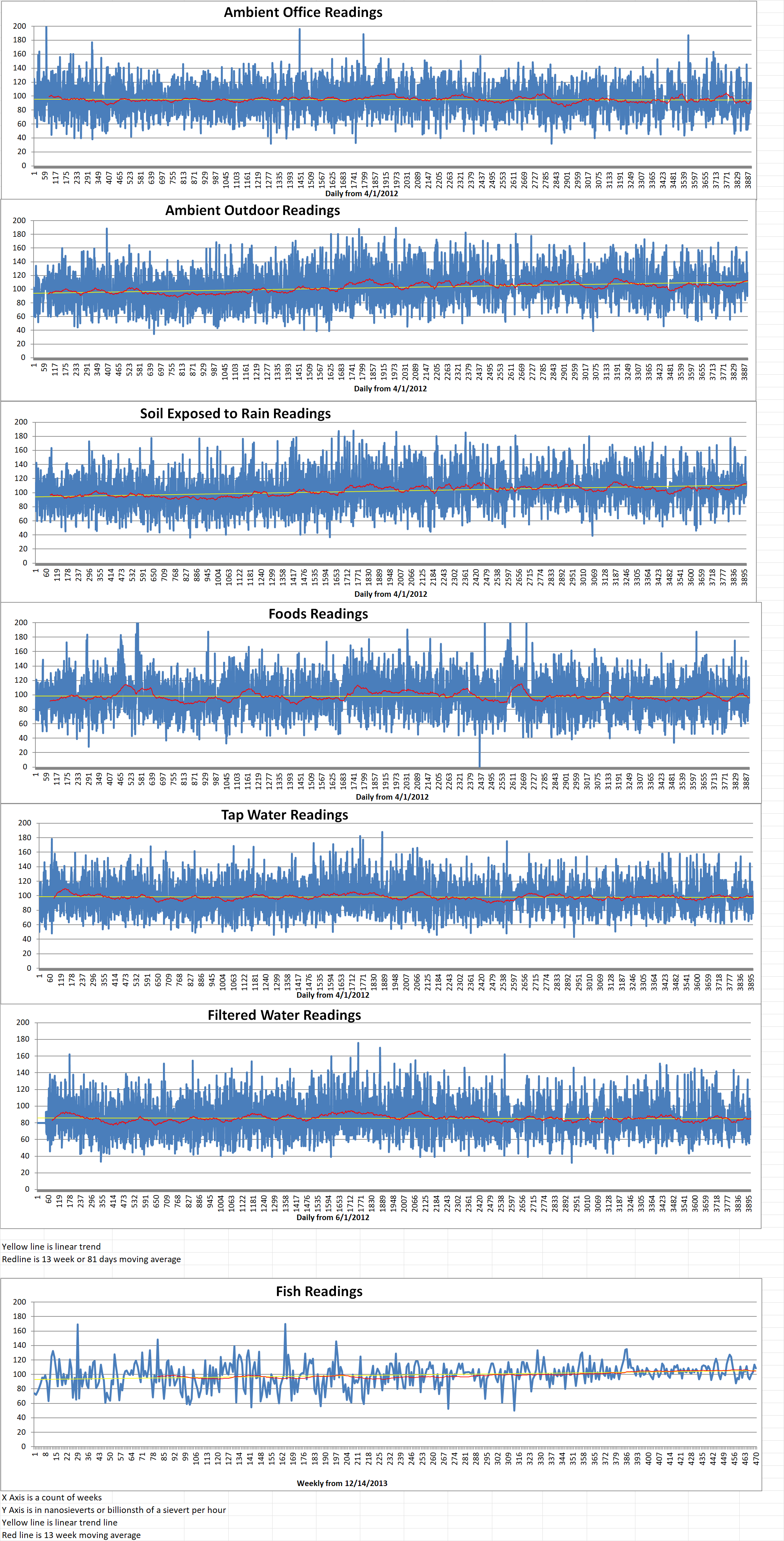
Geiger Readings for Mar 10, 2023
Ambient office = 114 nanosieverts per hour
Ambient outside = 123 nanosieverts per hour
Soil exposed to rain water = 115 nanosieverts per hour
English cuumber from Central Market = 118 nanosieverts per hour
Tap water = 92 nanosieverts per hour
Filter water = 86 nanosieverts per hour
